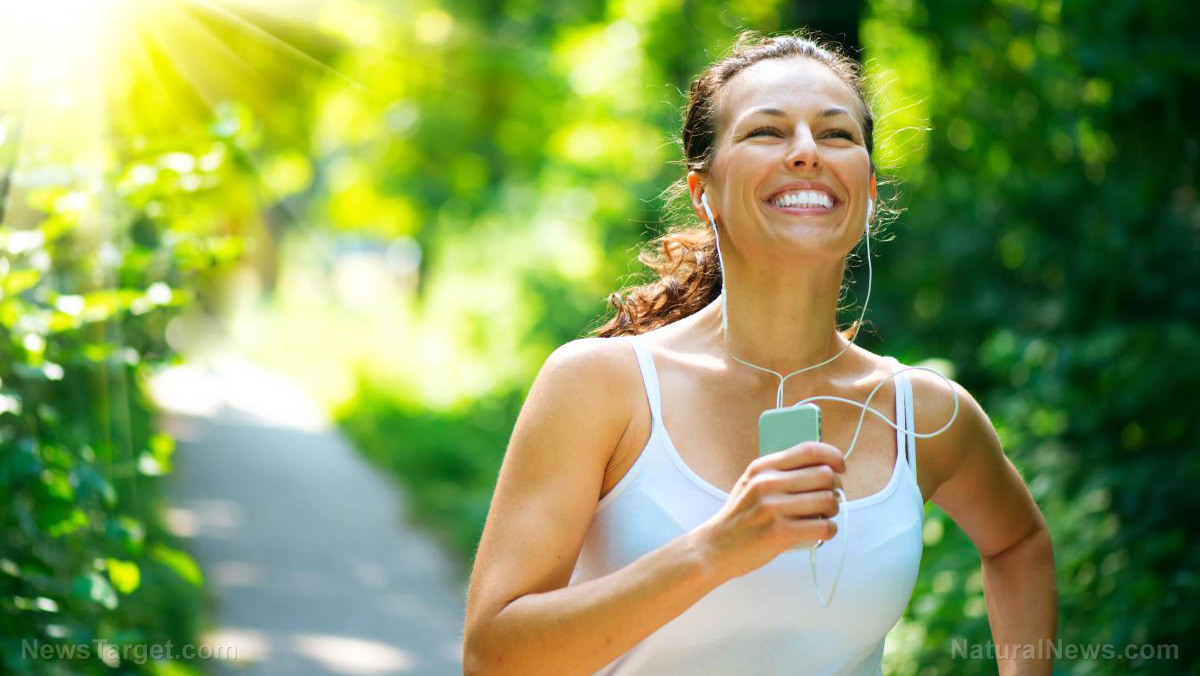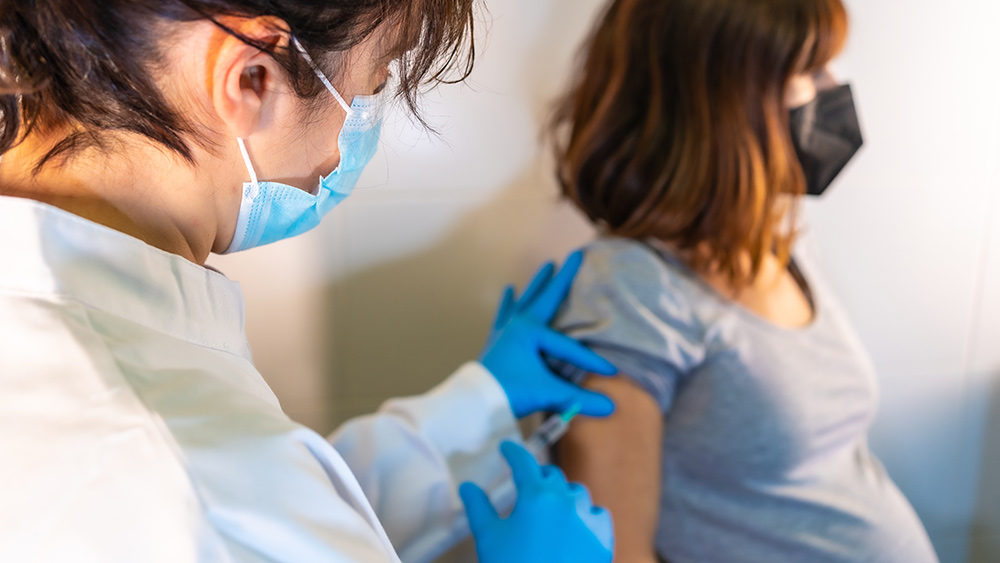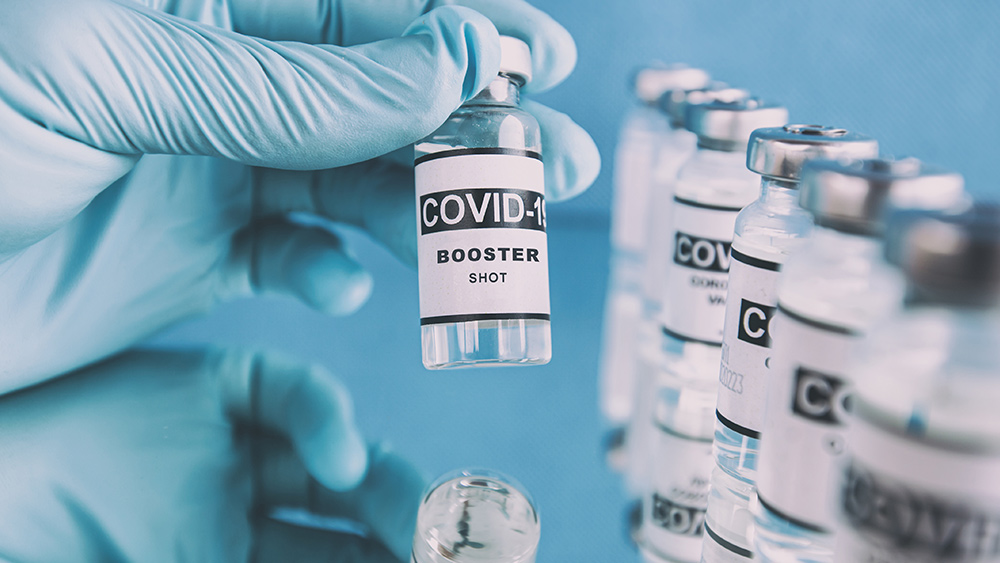Double the benefit: Exercise outside to get the combined benefits of vitamin D and fitness – research shows they work better together
12/10/2017 / By Jhoanna Robinson

A new study that was published in The Journal of Clinical Endocrinology & Metabolism focused on the effects that both exercise and adequate vitamin D intake – when present in a person’s life at the same time – have on heart health.
The study showed that the two factors working together contributes to heart health a lot more than if either factor was alone.
“In our study, both failure to meet the recommended physical activity levels and having vitamin D deficiency were very common. The bottomline is we need to encourage people to move more in the name of heart health,” said Dr. Ellen Michos, associate director of medicine at the Ciccarone Center for the Prevention of Heart Disease at the Johns Hopkins University School of Medicine in Baltimore, Maryland.
The Johns Hopkins researchers utilized previously gathered information from the federally-funded Atherosclerosis Risk in Communities study that started in 1987. The data came from 10,342 study participants who initially didn’t have any type of heart or vascular disease. These people’s information were updated until the year 2013.
The study participants had an average age of 54 at the start of the study. Women comprised 57 percent of the participants, while 21 percent of them were African-Americans, and the rest identified as white. They came from different parts of the country such as Minneapolis, Minnesota; Forsyth County, North Carolina; Jackson, Mississippi; and Washington County, Maryland.
Between the years 1987 and 1989, study participants self-reported their exercise levels, which were matched against the American Heart Association (AHA) recommendations of over 150 minutes per week of moderate intensity exercise or 75 minutes per week of strenuous intensity.

Each participant’s exercise level was classified as adequate, intermediate, or poor; people with adequate exercise levels met AHA standards, those with intermediate levels exercised intensely for up to 74 minutes per week or exercised moderately for less than 149 minutes a week, and those who were tagged as having poor exercise levels didn’t exercise at all.
The researchers found that around 60 percent of the participants belonged in the poor or intermediate categories.
The researchers then converted the exercise to metabolic equivalent tasks (METs), an exercise intensity scale that is used by cardiologists to gauge fitness. They then measured for physical activity levels by multiplying METs by minutes per week of exercise.
When the study participants were observed for the second time between the years 1990 and 1992, the researchers measured vitamin D levels in the blood by identifying the amount of 25-hydroxyvitamin D. Levels above 20 nanograms per milliliter (ng/ml) of 25-hyrdroxyvitamin D were considered adequate vitamin D levels. Thirty percent of the participants had proper vitamin D levels.
The Johns Hopkins researchers showed that exercise levels are positively connected to vitamin D levels in a direct relationship – meaning, the more one exercised, the higher the vitamin D levels became. For instance, individuals with adequate exercise had an average 25-hydroxyvitamin D level of 26.6 ng/ml, those with intermediate exercise had 24.4 ng/ml, and those with poor exercise had 22.7 ng/ml.
The researchers also found out that the people who met the recommended levels of exercise had a 31 percent lower risk of being vitamin D deficient. However, the researchers said that the positive relationship between exercise and vitamin D was only evident in whites, and not in African-Americans.
Within the 19 years that spanned the study, the researchers reported 1,800 occurrences of cardiac events, including heart attack, stroke, or death due to heart disease or stroke. After adjusting for factors such as sex, education, age, alcohol use, blood pressure, body mass index, cholesterol levels, diabetes, high blood pressure medication, race, smoking, and statin use, the researchers discovered that people who met the recommended exercise levels and had adequate vitamin D levels had a 23 percent less chance of having an adverse cardiovascular event as compared with people with poor fitness regimens and inadequate levels of vitamin D.
However, people who had adequate exercise but were vitamin D-deficient, and vice versa, didn’t reduce their risk of suffering from a cardiovascular event.
Exercise makes for healthier fat
According to a new study, just a single session of exercise may alter the molecular workings of fat tissue that has the potential to boost metabolic health. (Related: MAKE TIME to exercise and commit to be fit, especially if you’re a prepper.)
Fat tissues are responsible for securely storing fat. Recent research postulated that if a person’s fat tissue is somewhat leaky, thereby enabling fatty acids to seep into the bloodstream, the fat blobs can accumulate in other tissues, particularly the muscles and the liver. They then up the risk of developing insulin resistance, which often leads to diabetes.
And diabetes, as we all know, is not good for cardiovascular health.
In a new study that was published in November in the Journal of Applied Physiology, scientists surmised that exercise affects the amount of fat we store, since muscles use fatty acids as fuel. They observed 20 men and women who were overweight but did not have insulin resistance – some of them exercised regularly, some did not engage in any fitness regimen.
The researchers found that in almost all of the volunteers, the fat tissue even after just a single session of exercise showed more amounts of a protein that contributes to the development of more blood vessels.
“More blood vessels in tissue means greater blood flow. There is no doubt that the best thing for metabolic health is to lose weight,” said Jeffrey Horowitz, a professor of movement science at the University of Michigan School of Kinesiology.
To discover more news stories about positive developments about health and fitness, visit Healing.news.
Sources include:
Submit a correction >>
Tagged Under:
cardiovascular system, exercise, fitness, health benefits, heart attack, heart health, outdoors, sunshine, vitamin D
This article may contain statements that reflect the opinion of the author





















